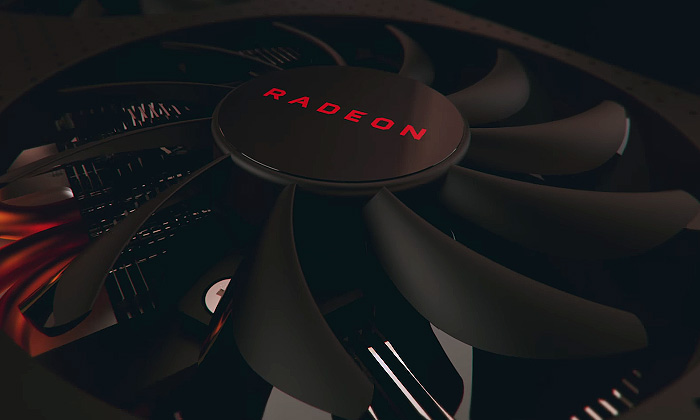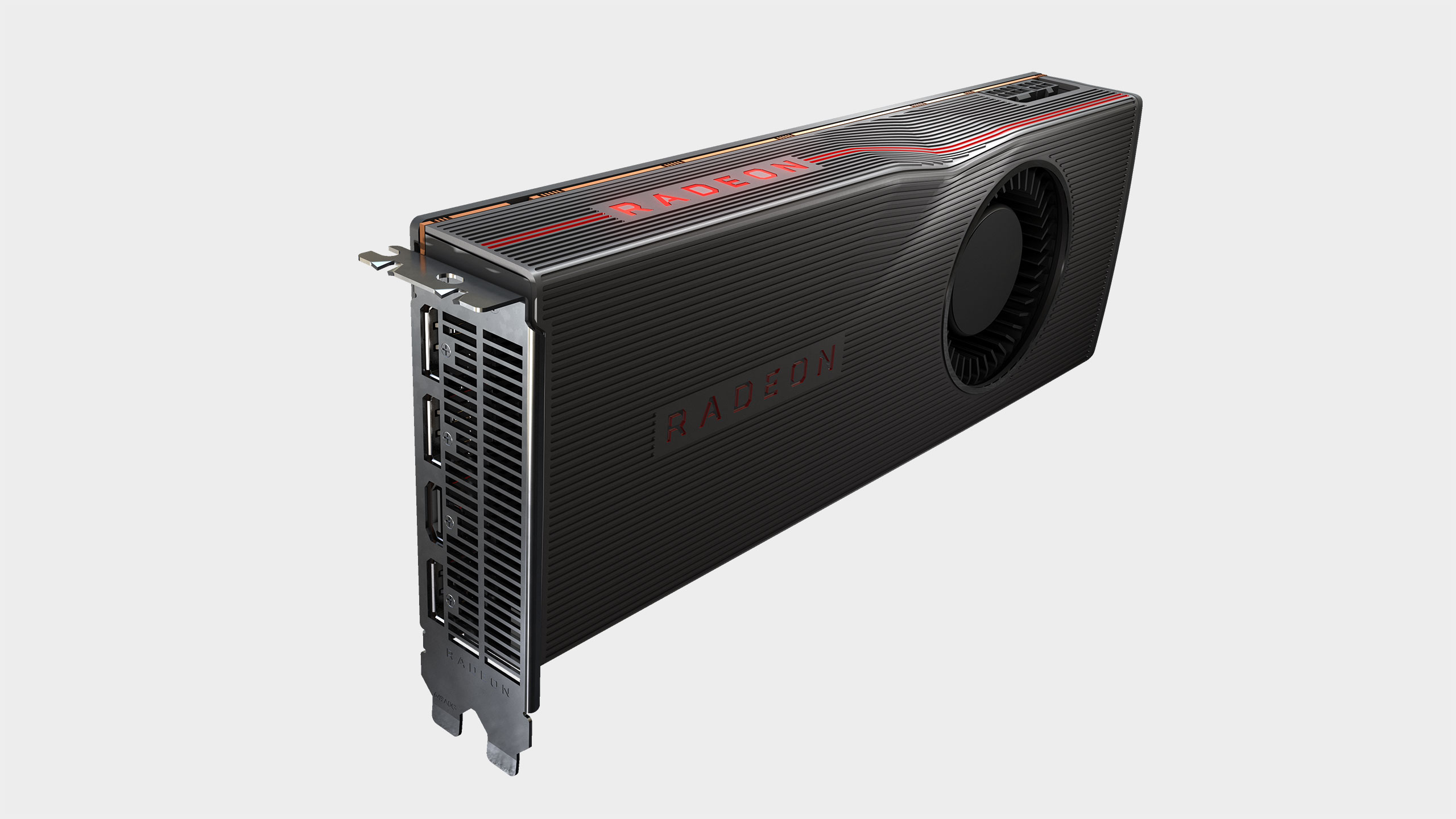Nvidia's high-end Ampere focus suggests a serious AMD RDNA 2 threat
Is the ultra high-end GPU market about to erupt into a blaze of fiery competition?

Nvidia Ampere graphics cards emblazoned with the GeForce brand must be drawing near if the sudden whirlwind of leaks is anything to go on. But while some people claim to know a lot about these unannounced Ampere generation graphics cards, and the beefy GPUs claimed to reside within, it's what they could tell us about AMD RDNA 2 graphics cards that has piqued my interest.
Obviously, if the latest rumours from Igor's Lab are false then there's nothing whatsoever to be gained from analysing them. There's a decent chance that's the case, too. The rumours claim a grand total of three high-end cards from the GeForce Ampere lineup at first: the RTX 3080, RTX 3080 Ti/Super, and RTX 3090 Ti/Super.
Right off the bat that smells a little fishy. A whole new tier of enthusiast GPU, really? It's not Nvidia's usual modus operandi, for sure. Paired with a Founders Edition cooler that alone will set the parts list back by $150, and we could be looking at a high-end card that renders the $1,200 RTX 2080 Ti cheap by comparison. At a prospective 350W TDP for the 3090 Ti (320W for the rest), it's not just price Nvidia is reportedly willing to throw onto the next-gen performance pyre, either.
Why would Nvidia even consider a new enthusiast class moniker? Therein lies the make or break question for the latest Ampere rumours. But if they are to be believed, I'd guess that AMD's RDNA 2 graphics cards, codename AMD Navi 2X, could have something to do with it.
Every generation of AMD graphics card is the generation to break Nvidia's stranglehold on the GPU market. And, honestly, it never works like that. AMD hits hard on the price/performance ratio somewhere in the mid- to high-end Nvidia lineup, Nvidia responds with a new card or two, and the status quo remains largely unshaken. I'm definitely not falling into that trap again.
But what the arrival of three new high-end cards could signify is that AMD's ready to hit a little higher than usual with the top Navi 2X card, so-called 'Big Navi'. RDNA has delivered great performance right out of the gate, and with 4K and ray tracing performance well and truly on the table this time around, by AMD's admission, it's what a lot of people are already expecting from the next generation.

AMD's got a little more R&D cash than usual to back up its Radeon ambitions, too. Both next-gen consoles are being built around the RDNA 2 architecture, and we know that AMD has worked closely with Sony and Microsoft to deliver gaming performance worth shouting about.
Keep up to date with the most important stories and the best deals, as picked by the PC Gamer team.
A new Nvidia enthusiast graphics card only drives that point home. It's another signal of a resurgent AMD high-end architecture on the way. Because if we know anything about Nvidia, it's that it takes a lot of pride in looking untouchable—price be damned.
Nvidia expects a high-end Navi 2X graphics card that competes with the Ampere RTX 3080? Create two more that go above and beyond. More performance, more die, more memory, and little to no regard for budget—go all in on claiming the best graphics card title. It's not about how many cards they sell (which will be all of them, by the way), it's about keeping up appearances at the very top of the GPU tech tree. And we all know Jen-Hsun loves to look the part.
Whether the RTX 3090 Ti will appear with the specs list rumoured today, or at all, we'll have to wait and see. If it does, then Nvidia's new colossal card could be a lot more than a technical win for the green team, it could be a sign of great things to come from the red camp, too.

Jacob earned his first byline writing for his own tech blog. From there, he graduated to professionally breaking things as hardware writer at PCGamesN, and would go on to run the team as hardware editor. He joined PC Gamer's top staff as senior hardware editor before becoming managing editor of the hardware team, and you'll now find him reporting on the latest developments in the technology and gaming industries and testing the newest PC components.

